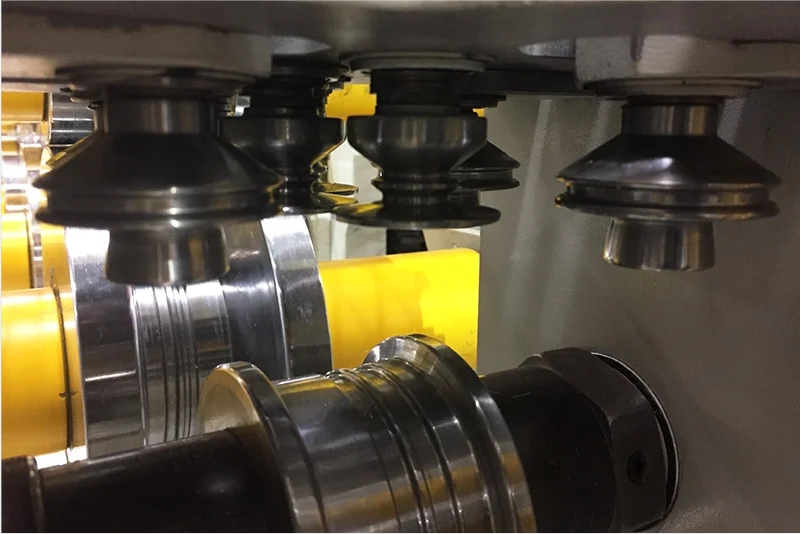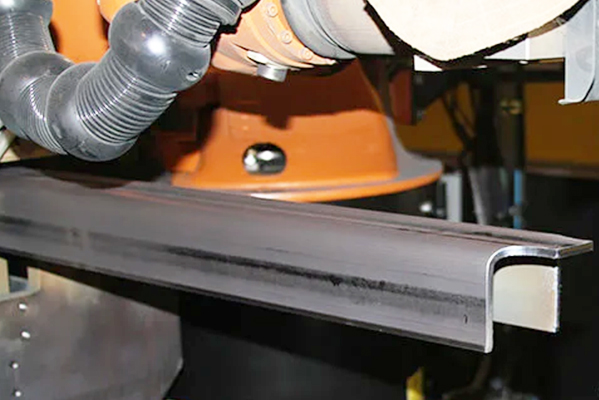Navigation Menu
Contact Us
- Email:
- info@wxavatar.com
- Address:
- Yurong Village, Yuqi Street, Huishan District, Wuxi, China.
Release Date:Jun 21, 2025 Visit:38 Source:Roll Forming Machine Factory
In recent years, digitalization has steadily influenced the evolution of railroad equipment design. As the rail industry seeks to improve operational efficiency and system integration, digital technologies are becoming an essential part of the design and manufacturing process. This transformation is driving noticeable changes in the way railroad components are conceived, tested, and optimized.

Integration of Advanced Simulation in Design
One of the key impacts of digitalization is the adoption of advanced simulation tools. These tools enable manufacturers to test various design models virtually before physical prototypes are built. Through digital simulations, factors such as load capacity, wear resistance, and system interactions can be analyzed in great detail. This process not only streamlines the design phase but also helps in reducing development risks and improving the accuracy of design adjustments.
Real-Time Data and Predictive Maintenance Compatibility
Modern railroad equipment is increasingly being designed to support real-time data collection and analysis. By incorporating sensors and digital monitoring systems, manufacturers are ensuring that the equipment can provide timely performance feedback. This approach allows railroad operators to implement predictive maintenance strategies, where potential issues can be identified and addressed before they lead to system failures. As a result, equipment designs now often include spaces and interfaces for sensors, data transmitters, and diagnostic systems.
Enhanced Modularity and System Standardization
Digital platforms also encourage the development of modular components that can be easily upgraded or replaced. With digital models and interconnected systems, manufacturers can design equipment with standardized interfaces, making it simpler to integrate new technologies or swap out parts without extensive modifications. This flexibility supports long-term system adaptability and more efficient maintenance routines.
Design Optimization Through Digital Twins
The concept of digital twins is gaining traction in railroad equipment design. A digital twin is a virtual replica of a physical asset, which allows engineers to simulate performance in real time based on operational data. By using digital twins, designers can make more precise adjustments and forecast how equipment will behave under different conditions. This approach supports continuous improvement and lifecycle management of railroad components.
Impact on Safety System Design
Digitalization is also influencing the design of safety systems in railroad equipment. Enhanced monitoring, automated alerts, and real-time diagnostic capabilities are being integrated into control systems, braking mechanisms, and other critical components. These features help improve the responsiveness and reliability of railroad operations, contributing to better overall system management.

Conclusion
Digitalization is reshaping railroad equipment design by introducing more sophisticated tools, real-time monitoring capabilities, and modular frameworks. The integration of digital systems is allowing manufacturers to develop smarter, more adaptable equipment that can meet evolving industry demands. As this trend continues, the collaboration between digital technologies and traditional engineering is expected to further refine the future of railroad equipment.